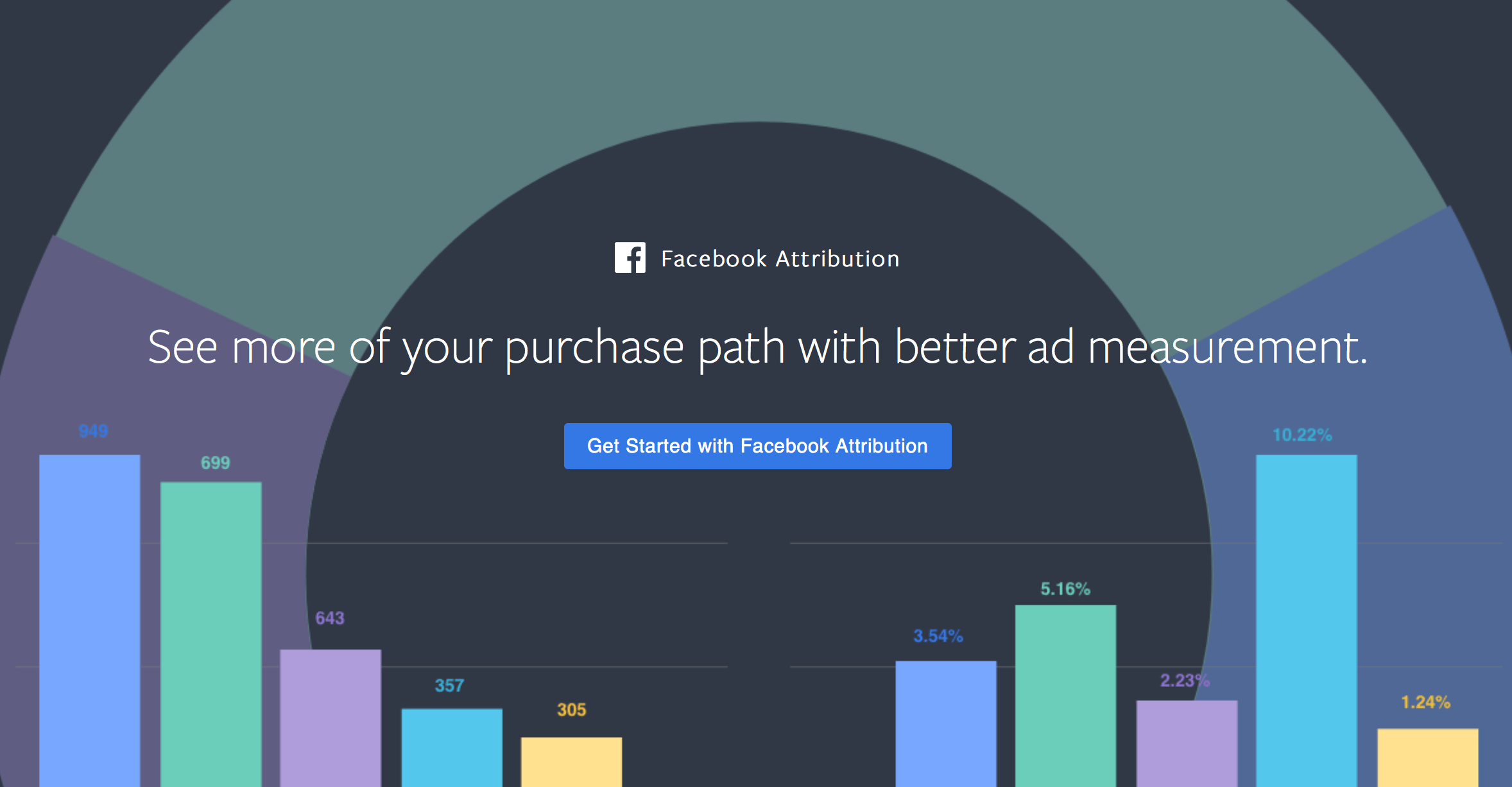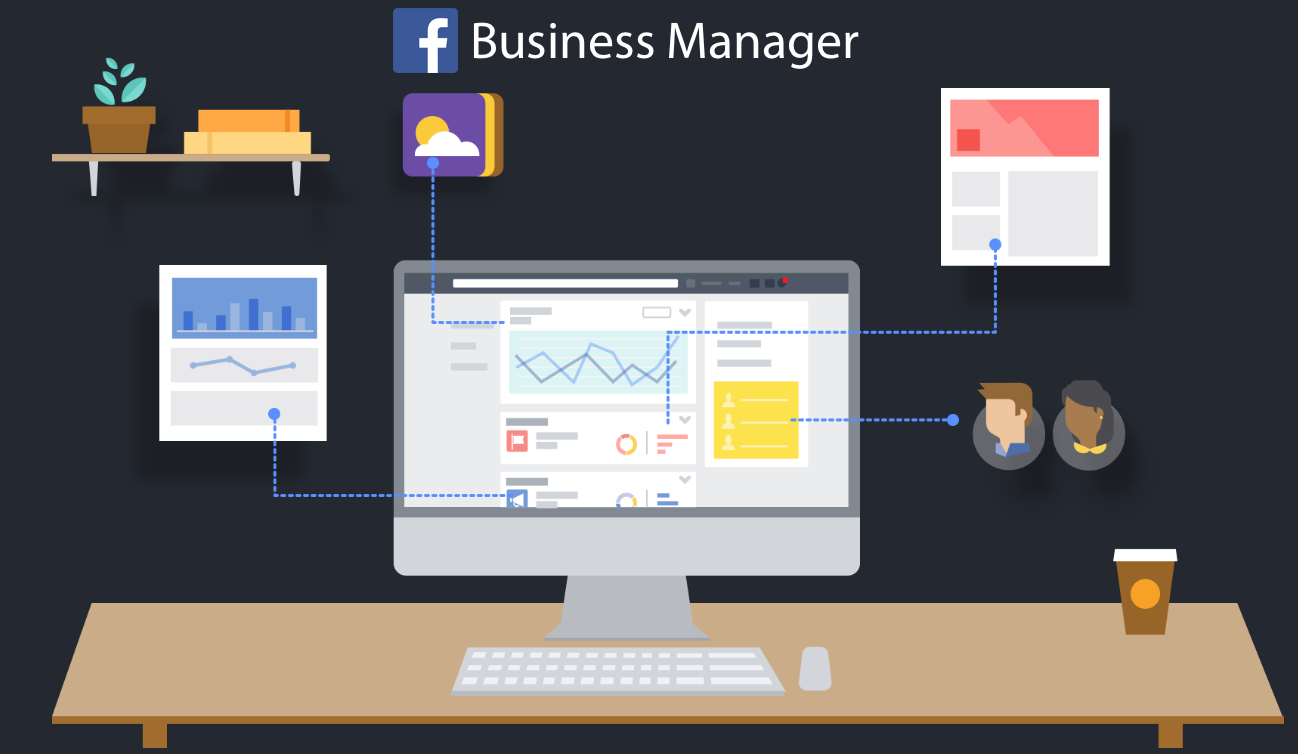Efficiency.
This is a word that gets talked about in business but doesn’t always get implemented.
Efficiency is needed in many different categories in business as well: Use of time, allocation of resources, communication, and one of the most important is the efficiency of your marketing.
But, when you’re running multiple campaigns online and offline, on multiple platforms it’s not uncommon for vital information about the efficiency of your marketing to get lost.
At least, in the past.
Now, Facebook has given us a FREE system that can help locate all the pieces of our marketing puzzles into one simple to find location.
It’s called Facebook Attribution.
In the next few minutes, you’ll discover how using Facebook Attribution in your business can save you time and money by helping you pinpoint what’s actually effective for your business. Then you can cut out what isn’t working for you and reinvest those resources into what is.
What is Facebook Attribution?
Facebook attribution is a system to help you see more precisely where and how people are converting in your business.
This is especially important when it comes to acquiring new customers. When you correctly set up Facebook attribution the information can reveal a well-defined path that brought those customers to you and your business.
This allows you to more easily repeat that same successful action over and over again.
What does Attribution mean?
Simply put, attribution is the assignment of credit to a specific thing or person for a specific result.
When it comes to marketing, we are looking to see which actions helped to create the effect of a person not being aware of you and your products and or services, to knowing that you exist, and buying from you.
Rarely does this journey from being unknown to having a paying customer happen through only one touchpoint. Which leads us nicely to the next piece of our puzzle.
Multi-touch attribution.
What is Multi-touch attribution?
Multi-touch attribution is the assignment of credit to each step or “touchpoint” along the path someone takes to become your paying customer.
Examples of touchpoints are online ads, website visits, app engagements, social media ad impressions, clicks, and even tracked offline events.
Now that we know what the touchpoints are, you might be wondering how to apply this attribution or credit to them, right?
It’s done by putting the information into a model that is either rule-based or statistical-based. You may even use both models to see if one works better for your business than the other.
Rule-based attribution
According to Facebook, Rule-based attribution assigns credit to one or more of these touchpoints based on how you want the information tracked.
Information can be tracked by the last click, last touch, even credit, time decay, or positional rules. That probably means nothing to you at the moment so let’s look a little deeper at what those are.
Last click
Gives 100% credit to the last click that was made before the conversion event. Regardless of what the last interaction actually was.
Last touch
Gives 100% credit to the last ad that was seen before the conversion event. Regardless of whether it was an impression or click.
Even credit
Gives equal credit to every touchpoint that lead to the conversion event.
Time decay
Give more credit to touchpoints (clicks/impressions) based on how recently they happened. The credit of each touchpoint reduces by half after a certain amount of time.
Positional
The majority of credit is given to the first and last touches while everything in the middle is divided equally.
Statistical-based attribution
Again, according to Facebook, statistical-based attribution uses algorithms to determine the credit for each of the marketing touchpoints.
The statistical model, also called math-based, focuses more on which ads produced the most result or the most increase in revenue. This system learns from the historical data which helps to predict future revenues.
Both of these attribution models work much better with people-based tracking rather than with cookie-based tracking.
Cookie-based vs. People-based tracking
The biggest and most important difference between these two tracking systems is that a cookie-based system tracks a device no matter who is using it.
A people-based tracking system on the other hand follows the actual user across different devices based on their login credentials.
Clearly the people-based multi-touch tracking will give you the most accurate understanding of your customers’ journey.
Even knowing this new information you may still be wondering…
Why you should be using Facebook Attribution in your business?
45% of digital touchpoints are missed by traditional measurement tools. This is according to Facebook itself.
The developers’ goal of Facebook’s attribution tool is to give you a more complete picture of what is driving the outcomes of your business.
The better information you have, the smarter decisions you can make on how and where you invest your time and money.
The truth is…
…that we are operating in what could be called a cross-device world. That means you’ll most likely do best when you understand how people are interacting with your marketing across multiple devices, instead of just tracking a sale.
If all you know is that a sale happened and you’ve got 15 campaigns running you’ve got very limited, if any, understanding about what caused that sale to happen.
This means there’s a good chance you’re wasting money by running ads that aren’t converting into sales. But, since you don’t have accurate information on what’s successful, you can’t just start shutting down campaigns.
Because, if you did, you might shut down your winning campaigns which would most likely totally kill all your conversions and sales.
Then you’re losing money on bad campaigns and you’ve lost your sales.
If that were to happen it’s kind of like a small water leak in a dam cracking wide open and letting all the water rush downriver destroying everything in its path.
Although…
by having the right information, you can quite literally reverse the massive flow back into your business. By knowing which ads or campaigns are not working and shutting those down you’ll be saving all the money that you would have lost. Then you can put that money into scaling your high R.O.I. campaigns and ads with confidence.
As the saying goes, if you invest $1 into your marketing and you get $2 back, how much money are you going to invest in your marketing? All of it!
I can feel your excitement about using Facebook attribution. Still, you may be wondering…
How to start using Facebook Attribution for your business?
To start using Facebook Attribution for your business it’s relatively simple, once you have the following requirements in place.
You’ll need to have access to the Facebook Business Manager, a Facebook ad account, and a properly installed Pixel.
You could also include other ad platforms like Google and you can even track offline events as part of your attribution if you’d like.
If you’ve got all of those pieces in place the next step is to set up a Line of Business inside your Business Manager. Then assign the appropriate ad accounts, people, data sources, time zone, and currency.
Finally, start your tracking.
This should serve as a solid foundation for your understanding of Facebook’s attribution tool.
Although, if you’d like more in-depth information on Facebook attribution and how to use it in your business, I thoroughly covered the topic in one of my live weekly coaching sessions, back on June 24th, 2020.
The training explained all the details of using Facebook attribution, setting up your business manager, and the lines of business, along with too much more to tell you about here.
You can learn more about my live weekly coaching sessions by clicking here.







